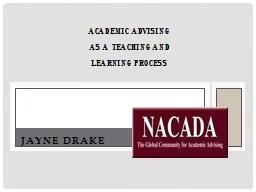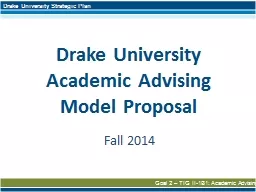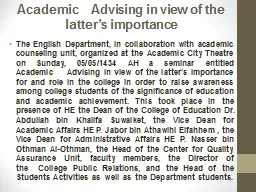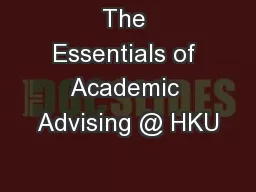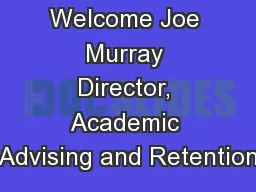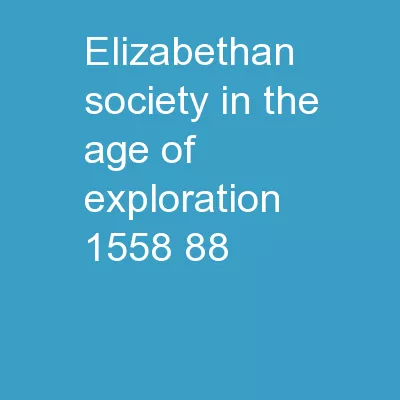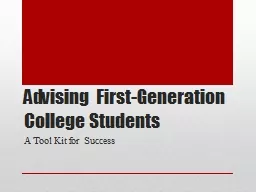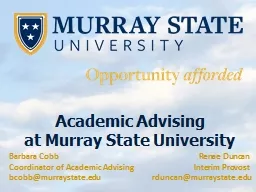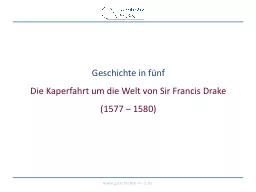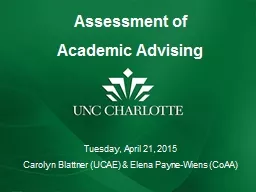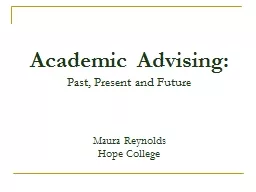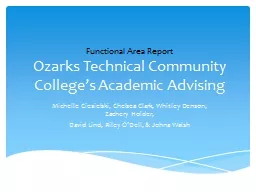PPT-Jayne Jayne Drake Academic Advising
Author : bitechmu | Published Date : 2020-06-30
as a Teaching and Learning Process Youve got to be very careful if you dont know where you are going because you might not get there Yogi Berra Would
Presentation Embed Code
Download Presentation
Download Presentation The PPT/PDF document "Jayne Jayne Drake Academic Advising" is the property of its rightful owner. Permission is granted to download and print the materials on this website for personal, non-commercial use only, and to display it on your personal computer provided you do not modify the materials and that you retain all copyright notices contained in the materials. By downloading content from our website, you accept the terms of this agreement.
Jayne Jayne Drake Academic Advising: Transcript
Download Rules Of Document
"Jayne Jayne Drake Academic Advising"The content belongs to its owner. You may download and print it for personal use, without modification, and keep all copyright notices. By downloading, you agree to these terms.
Related Documents

